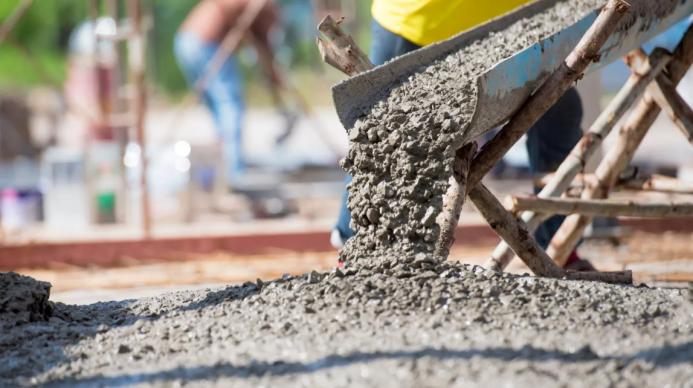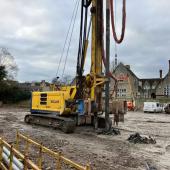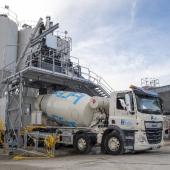Concrete steps towards a sustainable future
This week marks the 54th Earth Day and the 8th anniversary of the Paris Agreement.
What’s Earth Day I hear you ask. Well, it’s an annual event celebrated worldwide on April 22nd to demonstrate support for environmental protection. First celebrated in 1970 it serves as a reminder of the importance of environmental conservation and sustainable practices and aims to raise awareness around issues such as pollution, deforestation, climate change, and endangered species. It often involves various activities such as tree planting, community clean-up efforts, educational campaigns, and advocacy for environmental policies.
And the Paris Agreement? Well, that's an international treaty on climate change that was adopted in December 2015 during the United Nations Framework Convention on Climate Change (UNFCCC) Conference of the Parties (COP 21) in Paris, France, that entered into force on November 4, 2016.
Its main goal is to limit global warming to well below 2 degrees Celsius above pre-industrial levels, aiming to pursue efforts to limit the temperature increase to 1.5 degrees Celsius.
Lofty and ambitious goals.
With sustainability at the forefront of those global efforts, it's essential to recognize the role the concrete sector can and does play in both the challenges and solutions surrounding climate change and environmental protection.
Significant strides have been made in aligning with the goals of both Earth Day and the Paris Agreement.
The concrete sector has invested in technologies to reduce the carbon intensity of concrete production, including the use of alternative cementitious materials, such as fly ash and slag, which can replace a portion of traditional cement, resulting in lower CO2 emissions.
Improvements in energy efficiency within concrete production facilities have led to reduced energy consumption and greenhouse gas emissions. Modern concrete plants are equipped with energy-saving technologies and optimized processes to minimize environmental footprint.
The concrete industry has also embraced the principles of the circular economy by recycling waste materials and reducing landfill waste. Concrete can be crushed and recycled as aggregate for new concrete or used in other construction applications, reducing the need for virgin materials and conserving resources.
Meanwhile, architects and engineers are increasingly incorporating sustainable design principles into concrete structures, including the use of high-performance concrete, advanced reinforcement materials, and innovative construction techniques to optimize durability, longevity, and energy efficiency.
And while progress has undoubtedly been made, there is still more work to be done.
Continued investment in research and development is crucial for driving innovation in sustainable concrete technologies. This includes exploring alternative binders, carbon capture and utilization technologies, and advanced construction materials that further reduce environmental impact.
Collaboration across the construction industry, academia, and government is essential for sharing best practices, promoting sustainable design and construction techniques, and fostering innovation. By working together, we can accelerate progress towards our sustainability goals.
Incorporating lifecycle assessment (LCA) into concrete design and decision-making processes can help quantify and minimize environmental impacts throughout the entire lifecycle of a structure, from material extraction and production to construction, use, and end-of-life.
Leveraging digital technologies and automation in concrete production and construction processes can improve efficiency, optimize resource utilization, and reduce waste. This includes the use of Building Information Modeling (BIM), 3D printing, and automated construction techniques.
As we commemorate Earth Day and reflect on the progress made since the adoption of the Paris Agreement, the concrete construction sector has a vital role to play in shaping a sustainable future.
By building on our achievements and embracing innovation, collaboration, and responsible practices, we can continue to support Earth Day and the Paris Agreement while contributing to a healthier planet for future generations.
Let's seize the opportunity to lead the way towards a more sustainable and resilient built environment.







